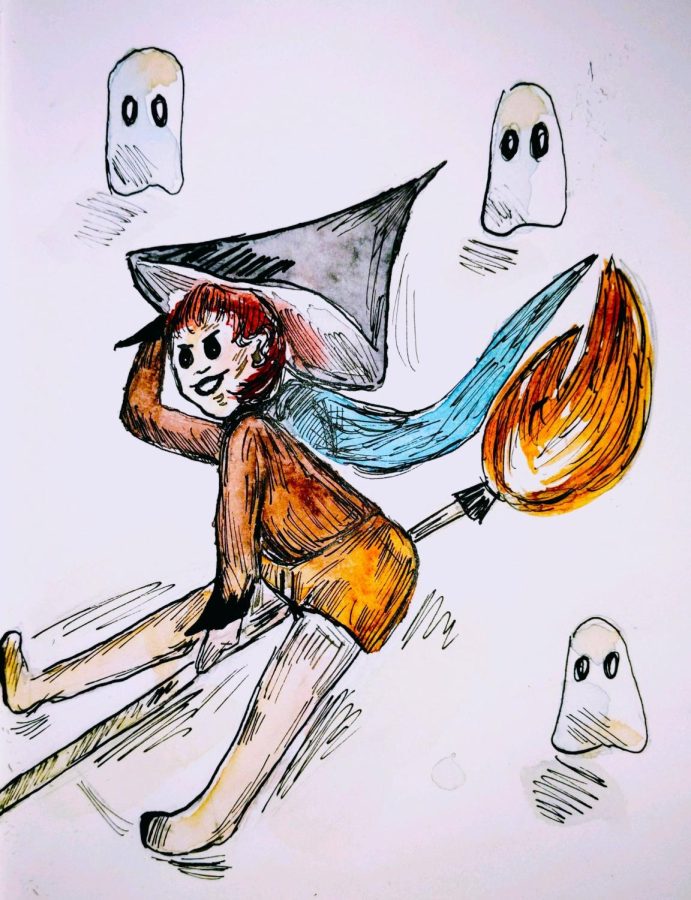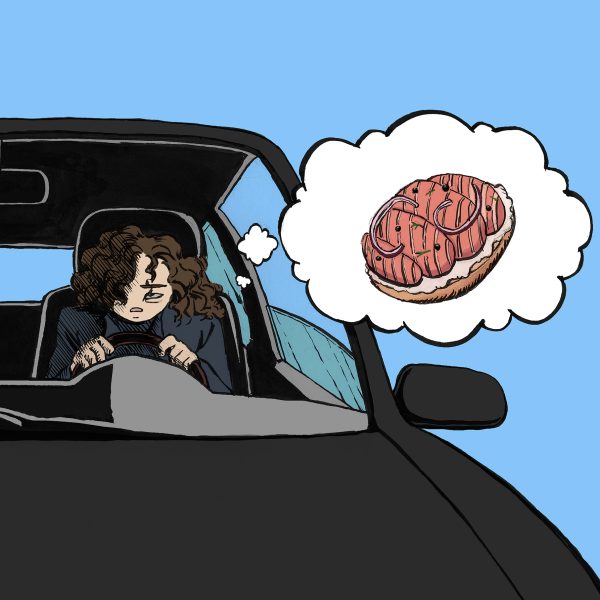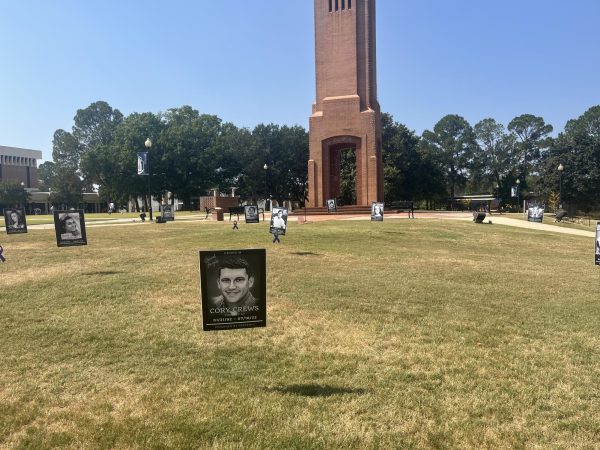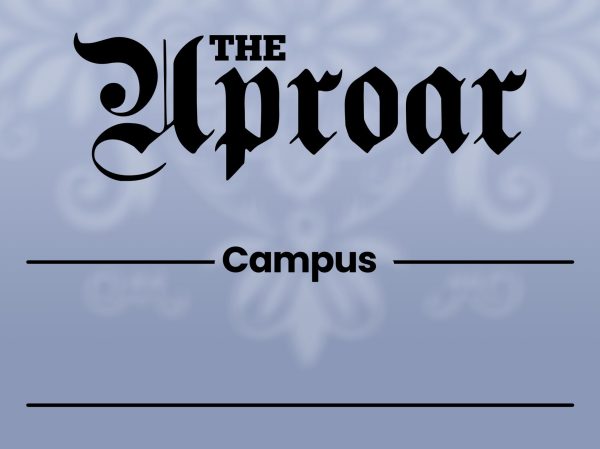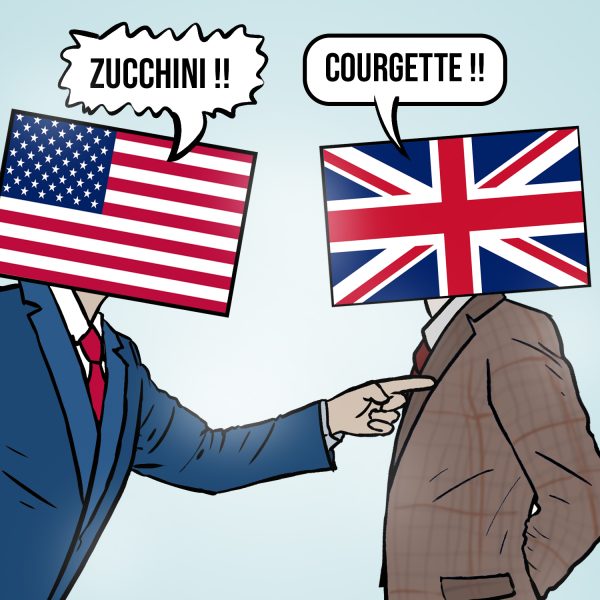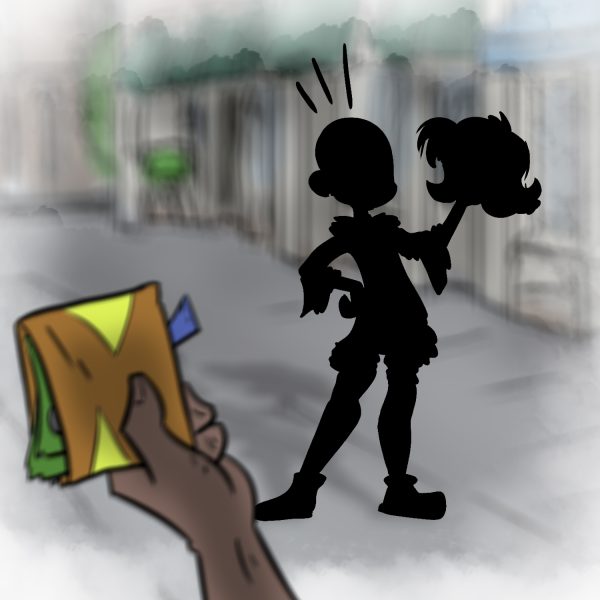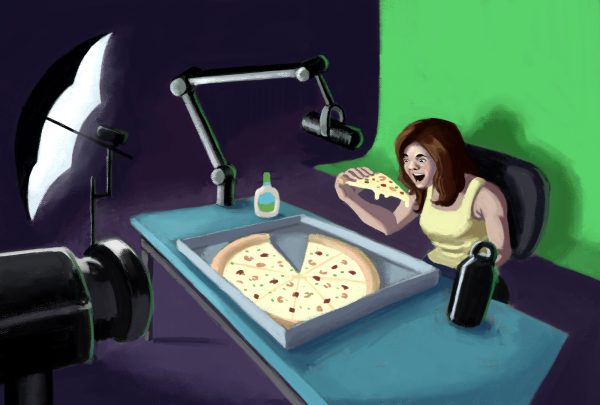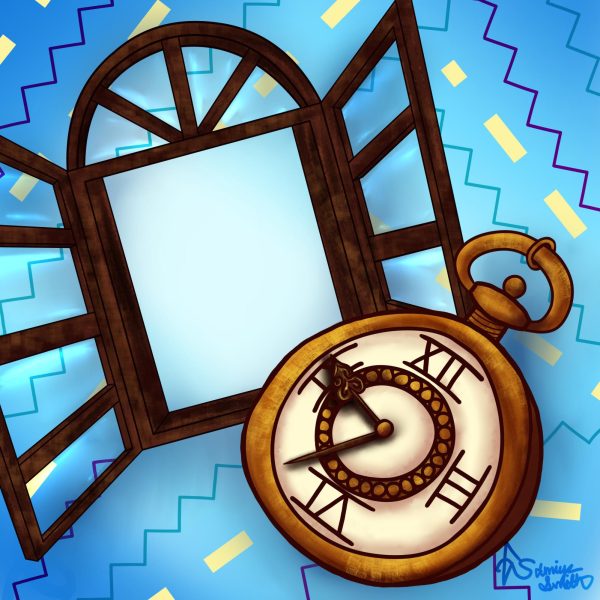History of Halloween
Halloween: From Celtic Origin to Present
Halloween, as we know it today, looked different back when it originated and has a long history. Halloween began with the Celtic festival called Samhain. During Samhain, people would light bonfires and wear costumes. However, later this was changed by Pope Gregory III to honor All Saints’ Day on November 1.
The Celtic celebrated Samhain because they believed that the boundary between the living world and the dead became weaker, and ghosts returned to Earth during this day. During Samhain, the Celtic created bonfires to burn sacrifices to deities, and they wore costumes to try to ward off these ghosts.
On November 1, or All Saints Day, they would celebrate similarly to how they celebrated Samhain. However, the day before, or October 31, was referred to as All Hallows Eve, which we know today to be Halloween.
All Saints Day and the early origins of Halloween had religious ties. But as the holiday spread to more diverse groups, including America, the religious aspects were no longer strictly associated with the holiday.
America’s traditions seem more similar to All Souls’ Day from England. However, some are similar to the Celtic traditions. During All Souls’ Day, people would wear masks, or costumes, to disguise themselves to avoid being recognized by ghosts. People would also place candy bowls outside their houses to ensure the ghosts do not enter.
If we compare that to today, people do both of those traditions but for different reasons. We wear costumes for fun, and we exchange candy just to be nice to our neighbors and community.
When it came to America, Halloween was about sharing stories, dancing, and singing. However, over time, the trick-or-treating tradition began, and the holiday focused more on community rather than ghosts and witchcraft.
Trick or treating became popular because it was inexpensive and fewer tricks would be played on families if they offered candy. It was an easier way for everyone to celebrate the holiday.
According to History.com’s article, “Halloween: Origins, Meaning, and Traditions,” Americans spend an estimated $6 billion annually on Halloween, making it the country’s second-largest commercial holiday after Christmas”.
There are more traditions from the holiday we no longer celebrate, but overall, it’s interesting to compare Halloween’s origin and investigate why changes have occurred. One could even argue the holiday transitioned into capitalistic greed, deviating from the earlier traditions and focusing on the supernatural and the religious.
Angel Glover is a junior Art major who enjoys creating creative and abstract works. She likes finding unique art styles to share with the world and currently...



